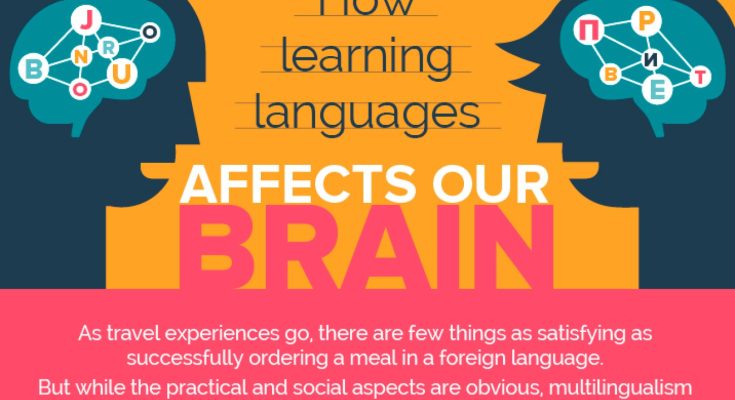Learning is not just a mental exercise—it’s a biological process that reshapes the brain in profound and lasting ways. Every time you acquire new knowledge, practice a skill, or reflect on an experience, your brain undergoes structural and functional changes. These changes are part of a phenomenon known as neuroplasticity, the brain’s ability to adapt and reorganize itself throughout life. Far from being a static organ, the brain is dynamic, constantly rewiring itself in response to learning and experience. Understanding how this process works can deepen our appreciation for the value of education and inform how we approach personal and professional development.
At the core of neuroplasticity is the strengthening and formation of neural connections. When you learn something new, neurons in your brain communicate through synapses, the junctions where signals are transmitted. Repeated activation of these pathways reinforces the connections, making it easier to retrieve and apply the information later. This is why practice and repetition are so critical to mastering a skill. For example, a pianist who practices scales daily strengthens the neural circuits involved in finger movement, auditory processing, and muscle memory. Over time, these circuits become more efficient, allowing for smoother and more precise performance.
Learning also stimulates the growth of new neurons, a process called neurogenesis. While once believed to occur only in early development, research has shown that certain areas of the adult brain, such as the hippocampus, continue to generate new neurons in response to learning and enriched environments. The hippocampus plays a key role in memory and spatial navigation, and its ability to produce new cells supports cognitive flexibility and resilience. Activities that challenge the brain—such as solving complex problems, engaging in creative tasks, or learning a new language—can promote neurogenesis and enhance mental agility.
Beyond structural changes, learning affects the brain’s chemistry. Neurotransmitters like dopamine, serotonin, and acetylcholine play vital roles in attention, motivation, and memory formation. When you experience a sense of achievement or curiosity during learning, dopamine levels rise, reinforcing the behavior and encouraging continued engagement. This reward mechanism helps explain why learning can be intrinsically motivating and why environments that foster curiosity and autonomy tend to produce better outcomes. In professional settings, designing learning experiences that tap into these chemical responses can lead to more effective training and greater employee satisfaction.
Learning also influences brain networks, the interconnected regions that coordinate complex cognitive functions. For instance, the default mode network, which is active during rest and introspection, interacts with the executive control network, responsible for decision-making and problem-solving. When you engage in reflective learning—thinking about what you’ve learned and how it applies—you activate and strengthen these networks. This integration supports higher-order thinking, enabling you to synthesize information, draw insights, and make informed judgments. In business contexts, encouraging reflective practices such as journaling, debriefs, or peer discussions can enhance strategic thinking and innovation.
Importantly, the changes brought about by learning are cumulative. The more you learn, the more capable your brain becomes of learning further. This compounding effect is sometimes referred to as the “learning curve of learning.” As neural networks become more robust and interconnected, you develop a cognitive foundation that supports faster and deeper acquisition of new knowledge. For example, someone with a strong background in mathematics may find it easier to grasp concepts in data science or economics because their brain has already developed the relevant pathways. This principle underscores the importance of lifelong learning and continuous skill development in a rapidly evolving professional landscape.
Learning also has protective effects on the brain. Studies have shown that individuals who engage in regular cognitive activity are less likely to experience age-related decline and may have a lower risk of neurodegenerative diseases. Mental stimulation helps maintain synaptic density and promotes the health of brain cells, contributing to overall cognitive resilience. In this sense, learning is not just an investment in capability—it’s an investment in longevity and quality of life. For organizations, promoting a culture of learning can support employee well-being and reduce burnout, creating a more sustainable and engaged workforce.
The emotional dimension of learning is equally significant. When learning is connected to personal meaning or purpose, it activates emotional centers in the brain, such as the amygdala. This emotional engagement enhances memory and retention, making the learning experience more impactful. For example, a manager who learns conflict resolution skills in the context of a challenging team dynamic is more likely to remember and apply those skills effectively. Emotionally resonant learning experiences foster empathy, adaptability, and interpersonal intelligence, all of which are critical in leadership and collaboration.
Ultimately, learning changes your brain in ways that extend far beyond the acquisition of facts or skills. It shapes how you think, feel, and interact with the world. It builds the neural architecture that supports creativity, problem-solving, and resilience. It enhances your ability to adapt, grow, and thrive in complex environments. Whether you’re pursuing professional development, personal growth, or organizational transformation, recognizing the neurological impact of learning can inspire more intentional and effective approaches. In a world that demands constant evolution, the ability to learn—and to understand how learning transforms the brain—is one of the most valuable assets you can cultivate.



